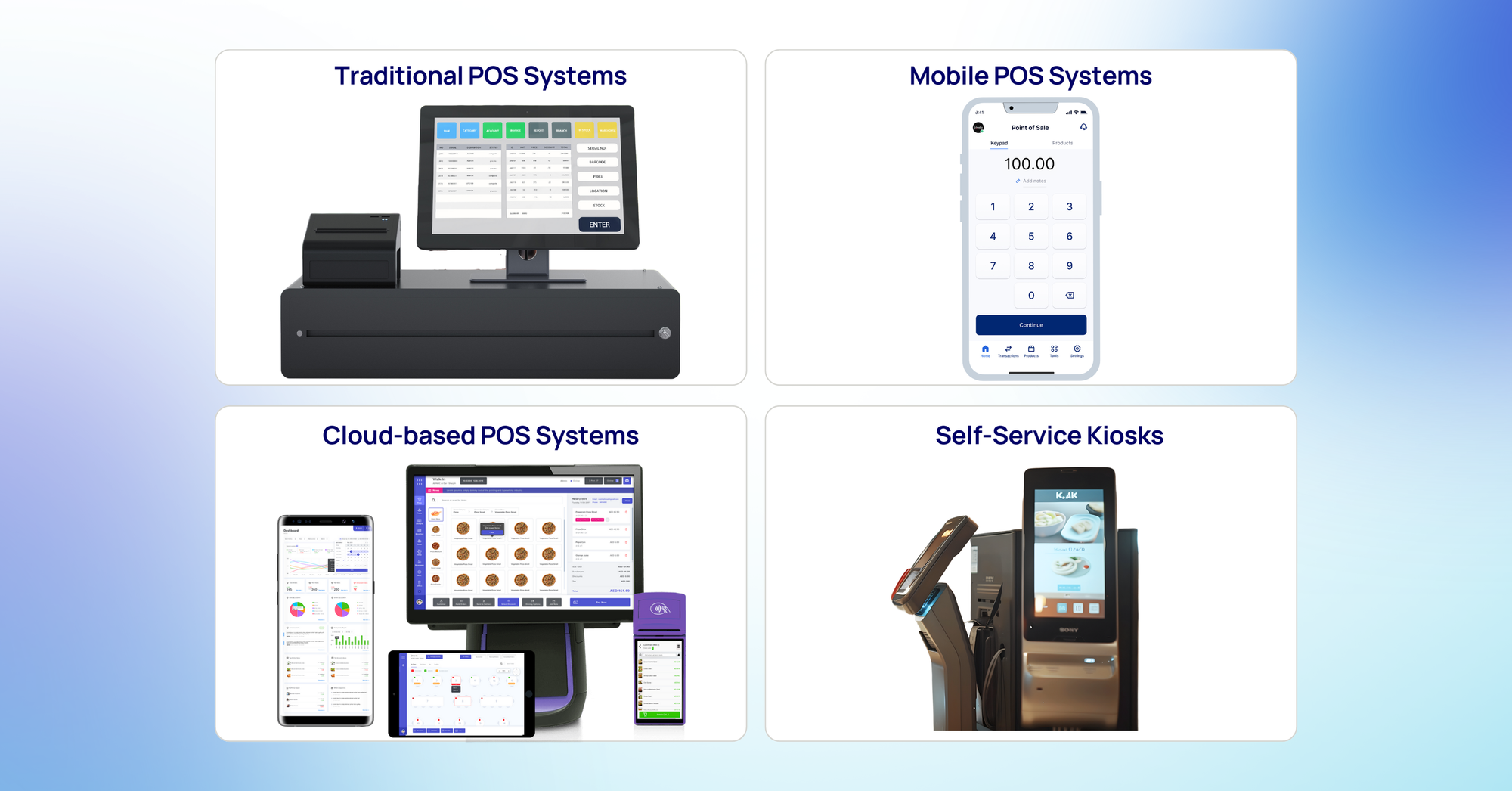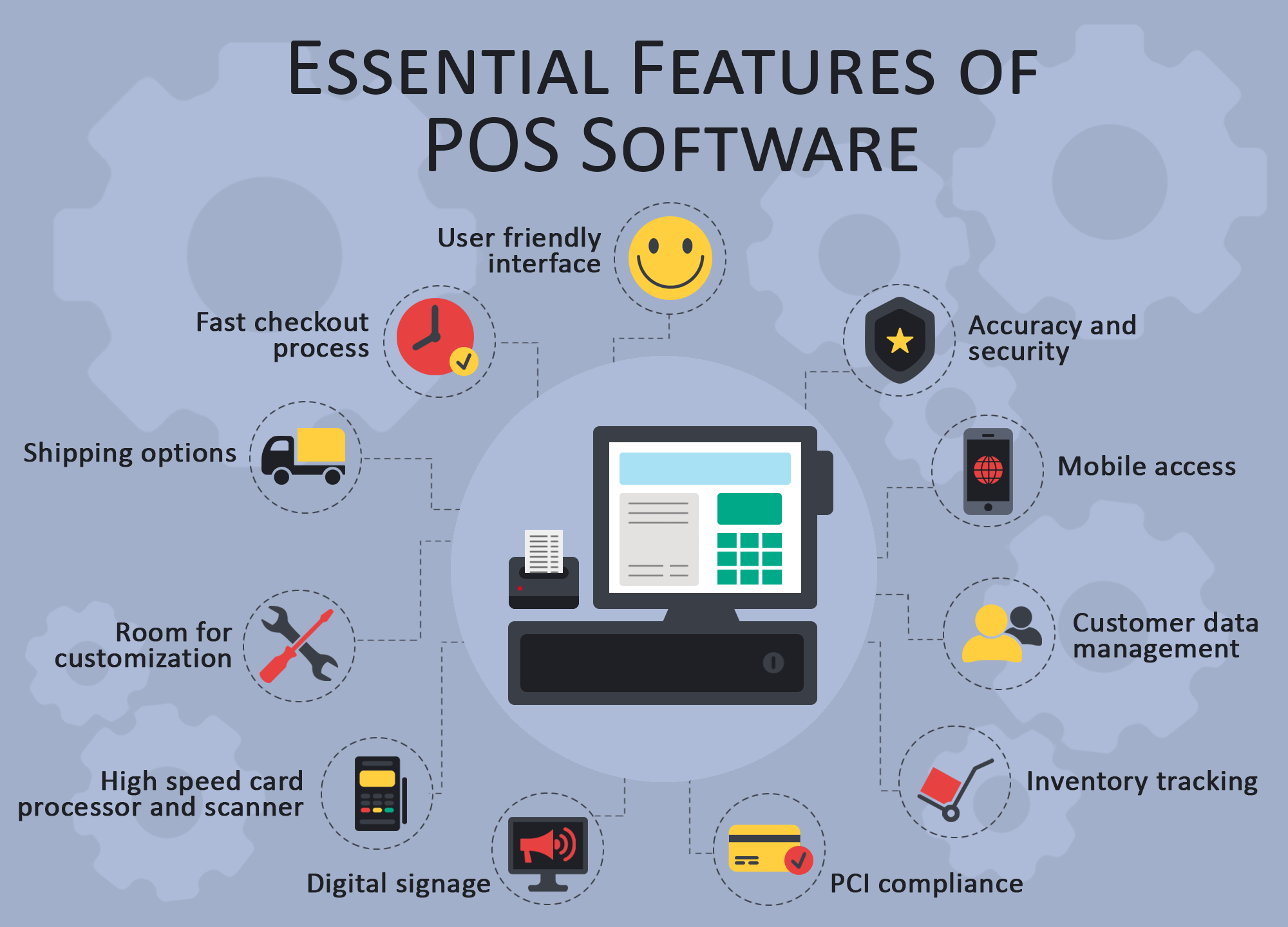Exactly How POS System Functions: A Comprehensive Guide for Business Owners

Recognizing the Components of a POS System

Exactly How Sales Purchases Are Processed
When a client decides to buy, the sales transaction starts a series of organized actions within the POS system. First, the cashier inputs the things being bought, which are scanned via a barcode visitor or by hand gotten in. This activity recovers item details, consisting of prices and appropriate tax obligations, from the system's database.Next, the customer is presented with the overall amount due. The POS system then processes the repayment, whether with money, debt card, or mobile payment methods (Restaurant POS Software). For electronic repayments, the POS safely communicates with repayment cpus to license and confirm the transaction.Once the settlement is validated, the system produces a receipt, which can be printed or sent out electronically. This receipt functions as receipt for the consumer. Ultimately, the purchase data is tape-recorded in the system, making certain precise sales records and financial tracking for business
Supply Administration and Monitoring

Reliable supply management and monitoring are important elements of a POS system, as they ensure that businesses maintain excellent stock degrees and lessen discrepancies. A durable POS system enables real-time supply updates, showing returns and sales instantly. This enables local business owner to check stock levels properly, making sure that popular things are easily offered while protecting against overstocking of less prominent products.Additionally, progressed POS systems offer attributes such as automated supply signals and reorder ideas, streamlining the procurement process. Barcoding and RFID modern technology improve precision in tracking inventory motion, lowering human error. Substantial reporting tools give insights into stock turn over prices, aiding companies make notified choices about buying and product offerings. Inevitably, effective stock administration with a POS system not just boosts operational performance but also improves client fulfillment by guaranteeing item availability.
Evaluating Client Information and Insights
Customer data evaluation functions as a powerful device for companies using a POS system (Restaurant POS Software). By collecting and examining deal information, businesses can uncover beneficial understandings regarding client behavior and choices. This evaluation enables them to identify purchasing trends, peak shopping times, and popular products, therefore educating supply decisions and advertising strategies.Additionally, businesses can sector their client base, enabling personalized advertising efforts that provide to details demographics or purchasing practices. Understanding client commitment patterns likewise helps in establishing targeted promos and incentives programs.The data amassed from a POS system can additionally disclose understandings into customer responses, allowing businesses to make informed choices concerning product offerings and service improvements. Inevitably, leveraging client information i thought about this efficiently can enhance the total purchasing experience, foster customer fulfillment, and drive profits growth
Advantages of Carrying Out a POS System

Frequently Asked Concerns
What Types of Companies Can Gain From a POS System?
Different companies benefit from a POS system, consisting of retail shops, restaurants, beauty salons, and e-commerce systems. These systems enhance transactions, supply administration, and customer information, improving operational performance and boosting customer experience across varied sectors.
Just how Much Does a POS System Generally Price?
The expense of a POS system generally varies from a couple of hundred to several thousand dollars, depending on functions, equipment, and software. Organizations should take into consideration continuous costs for assistance, transaction, and upkeep processing when budgeting.
Can I Incorporate a POS System With Existing Software Program?
Incorporating a POS system with existing software application is frequently practical. Several systems supply APIs or integrated compatibility attributes, permitting businesses to streamline procedures and enhance functionality by attaching various software program applications successfully.
What Training Is Required for Staff to Use a POS System?
Educating for personnel to use a POS system usually includes understanding software capabilities, refining deals, handling inventory, and handling consumer communications. Practical presentations and hands-on session enhance proficiency and confidence in operation the system successfully.
What Takes place if the Net Decreases While Making Use Of a POS System?
Transactions might be disrupted if the web goes Look At This down throughout POS system use. Lots of systems offer offline capacities, enabling basic operations to continue, however complete performance, consisting of real-time supply updates, will certainly be limited. A Factor of Sale (POS) system is composed of numerous key parts that work with each other to take care of and help with purchases business procedures. Effective stock monitoring and monitoring are crucial elements of a POS system, as they guarantee that businesses maintain suitable stock levels and minimize disparities. Client data analysis offers as click site a powerful device for businesses using a POS system. Understanding client commitment patterns also assists in developing targeted incentives and promos programs.The data obtained from a POS system can likewise disclose understandings right into customer feedback, allowing organizations to make informed decisions regarding product offerings and service improvements. Executing a POS system uses many benefits that can greatly enhance business operations.